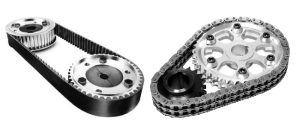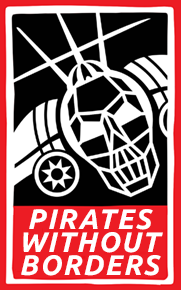
News Link • Transportation
The Hidden Cost of Things
• Eric Peters AutosTiming belts – vs. timing chains – are an example of something that has added a hidden cost to the expense of owning a new vehicle that arguably is the result of government regulations and the pressure vehicle manufacturers are under to comply with them.
An engine's reciprocating assembly – the up and down action of the pistons and intake/exhaust valves, specifically – have to be timed to operate in sync else the engine won't run. The timing chain – or belt – is the thing that times the engine's reciprocating assembly so that everything works in sync. A timing chain is what it sounds like – and so is a belt. They both do basically the same thing, but are different in that a timing chain is just that and so is a belt. The distinction is important. 
Here's why:
A timing chain is made of metal links and – over time – it may stretch but it is not likely to break. Timing chains generally last the life of the engine. Timing belts are likely to break if not replaced according to the manufacturer's recommended mileage intervals, usually around 75,000 miles or so.
The distinction is important. Here's why:
If you have a car that has an engine with a timing belt and you don't have it replaced at or around the recommended mileage interval, it is a near-certainty that at some point not too far down the road, the belt will snap and – at the very least – you will immediately be stuck by the side of whatever road (or highway) you happened to be driving on when it snapped because the engine will immediately stop running. It might be worse than just that, if your car has an interference engine, which simply means that the reciprocating assembly will smash into itself when no longer synced by the timing belt. The result being a ruined engine.


































